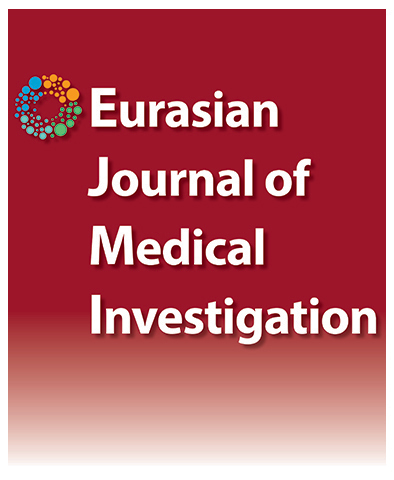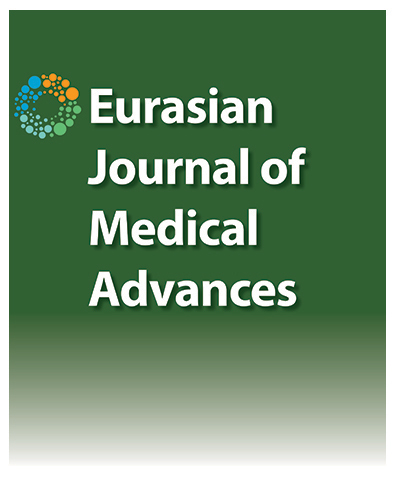Balance Between Phenotyping and Genotyping Methods of N-Acetyltransferase 2 in Tunisia and Comparison with Other Countries: A Rapid Review
Yasmine Salem Mahjoubi, Daldoul Mouna, Mouna Ben Sassi, Ben Hammamia Syrine, El Jebari Hanene, Rim Charfi, Emna Gaies, Sameh TrabelsiDepartment of Clinical Pharmacology, National center of Pharmacovigilance, Tunis, TunisiaTunisia continues to experience tuberculosis at an intermediate level of endemicity. Isoniazid (INH) is a critical element in TB therapy. INH metabolism involves, mainly, the arylamine N-acetyltransferase 2 (NAT2) enzyme which is subject to genetic polymorphism. The determination of NAT2 acetylation profiles is highly recommended for dose adjustment and predicting side effects in tuberculosis patients. Traditionally, acetylator status has been assessed through phenotyping tests. Recently, faster and simpler genetic methods have been proposed as an alternative for use in clinical practice. This work provides a comprehensive review of main NAT2 phenotyping and genotyping results based on Tunisian experiences. In Tunisia, several studies have demonstrated the predominance of slow acetylator (SA) genotypes and phenotypes with the NAT2*5, being the most prelevant. When comparing acetylation phenotype with NAT2 genotype, a concordance value of 75% was observed. The choice of method for determining NAT2 acetylation profile primarily depends on the laboratory's technical capabilities and expertise. Prospective clinical trials are essential to further evaluate the benefits of NAT2 genotyping specifically within the Tunisian population.
Keywords: Acetylation status, n-acetyltransferase, NAT2 gene, phenotyping, tunisian population, tuberculosis
Manuscript Language: English





